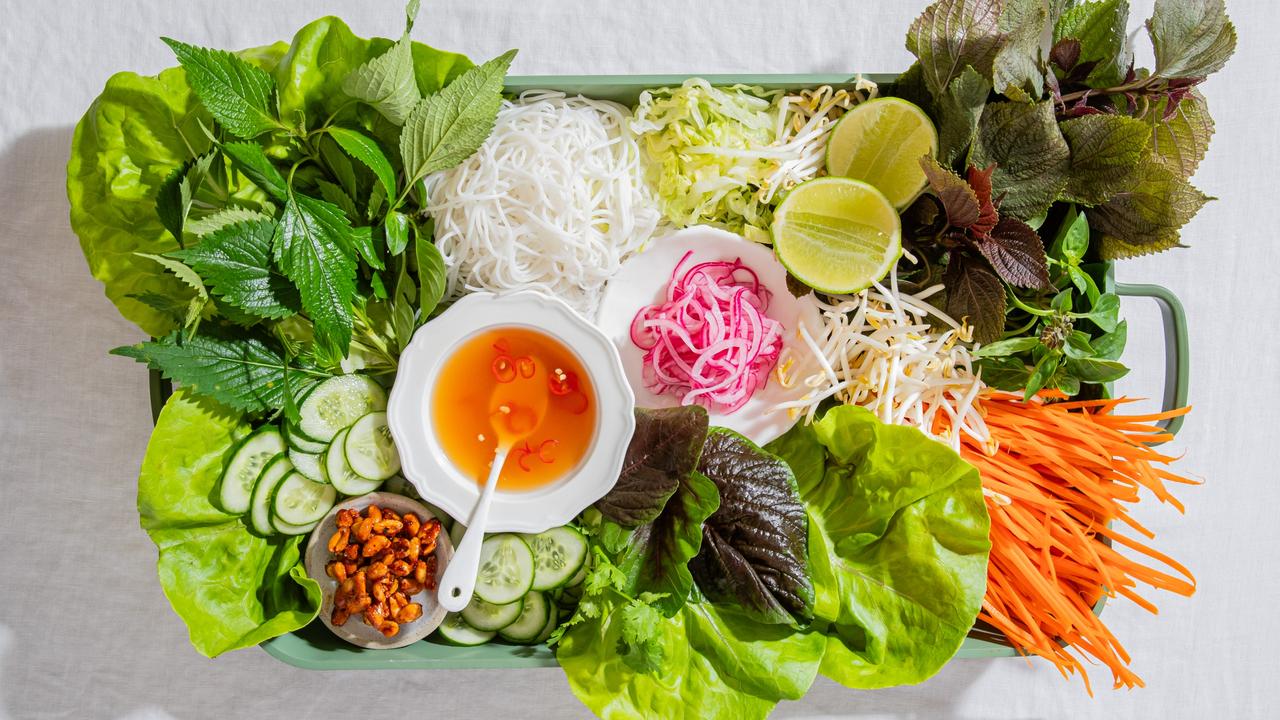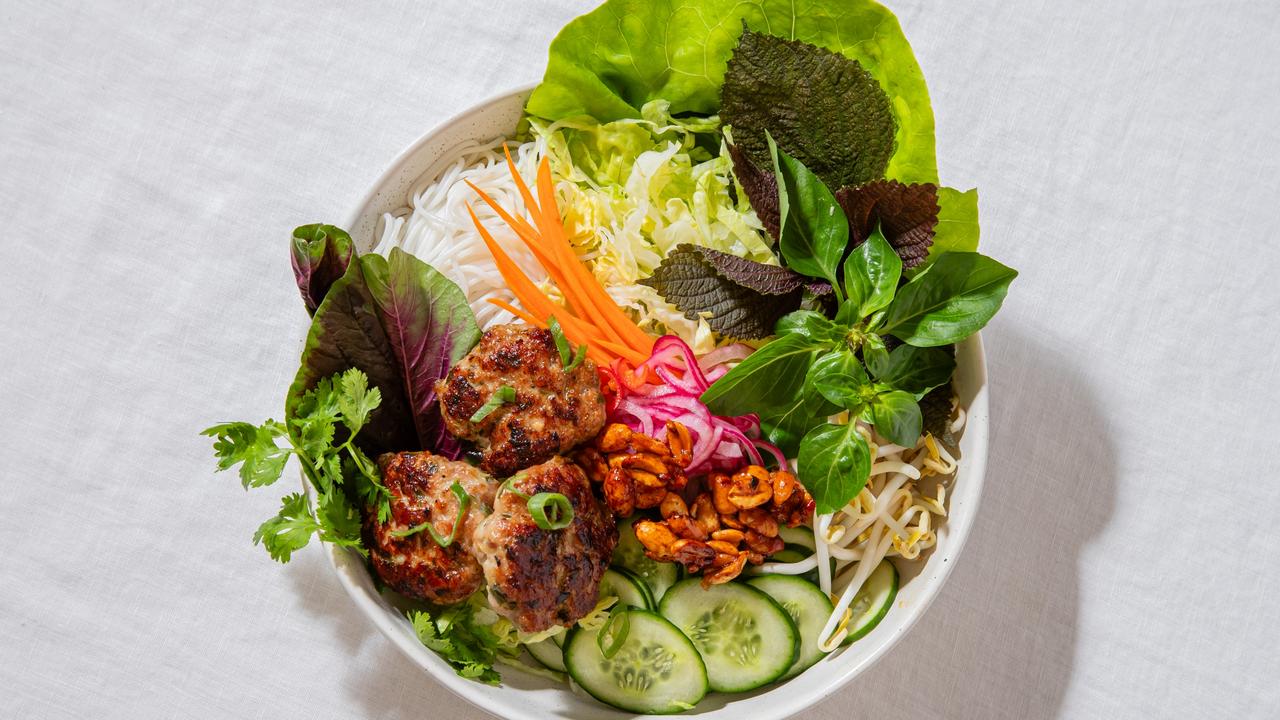The making of Tasmania’s Stoney Rise wines
It’s a strange wine world when Tasmania looks to one of the least-known regions of France for a solution to its problems.

Some people are lucky enough to be born with a silver spoon in their mouth. Joe Holyman was born with pinot noir in his mouth, the fifth generation of a Tasmanian family with a distinguished history. Joe’s father, Robin, planted vines in 1984, but sold the property on which they grew. Joe left Tasmania to see the world, initially through the prism of the Australian mainland, working in restaurants and for wine distributors, and completed a marketing degree in 1995. He became a buyer for The Wine Society’s 50,000 members, and did vintage work in New Zealand, the Douro Valley and Burgundy; then he came back to Australia to work at Cape Jaffa in Robe, where he met his wife Lou, who had her own set of wine experiences (including financial).
Waiting in the wings was a vineyard on the western side of the Tamar River Valley at Gravelly Beach. It was in a run-down state when the couple visited the cellar door in late 2003. But the moment they saw the site they knew it was special. So much so, it sealed their plans to return to Tasmania; they purchased it in 2004. As the vineyard was slowly rehabilitated (using organic/biodynamic principles), plans were completed for the winery to be built onsite in 2008.
The demand for Tasmanian pinot noir grapes (and wine) knows no bounds. Joe has 6.2ha of multiple clones, and the fruit is used under the Holyman label. No matter how good contract-grown fruit may be, it will always be deployed to the Stoney Rise label.
But as grape prices in Tasmania continue to soar, it is getting harder to purchase grapes to make the wines under the Stoney Rise label. This has led to the trousseau red varietal – fermented in clay amphorae – being used for Stoney Rise; it has a white grape partner, savagnin, both from the Jura, to offer regular customers. It’s a strange wine world when Tasmania looks to one of the least-known regions of France for a solution to its problems.

2022 Stoney Rise Pinot Noir
Mixed clones; 85% estate, 15% contract grown; 100% destemmed, seven different ferments; matured for 9 months in used foudres and barrels. The bouquet is full to the brim of dark cherry and poached plum; the palate is glorious, fresh and vibrant, with sparklets of spices on a barely obvious film of tannins.
96 points, drink to 2035, 12.5% alc, screwcap, $32
2022 Stoney Rise Chardonnay
Hand-picked, foot-stomped and soaked before pressing 90% in a new foudre, 10% in used puncheons, for full solids ferment and 5 months maturation. It’s not only the length that stands out, the yellow grapefruit (not pink) and citrus flavours combining with shiny acidity.
94 points, drink to 2035, 11.5% alc, screwcap, $32
2021 STONEY RISE TRADITION
90% savagnin, stomped in bins, left for 3 days then pressed to used oak for full solids ferment; and 10% chardonnay fermented for 3 weeks on skins; 18 months maturation in used oak. Terrific colour, bright lemon-gold; blanched almonds and sweet citrus coming together without any hesitation.
95 points, drink to 2033, 13% alc, screwcap, $60


